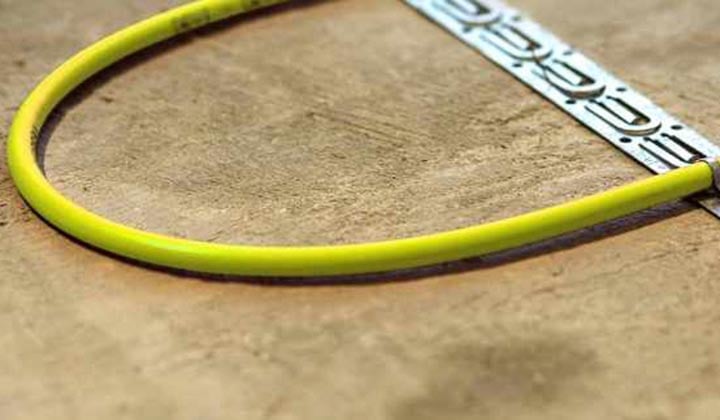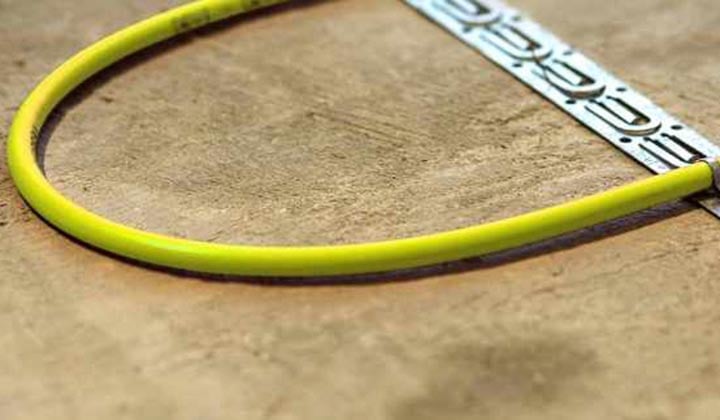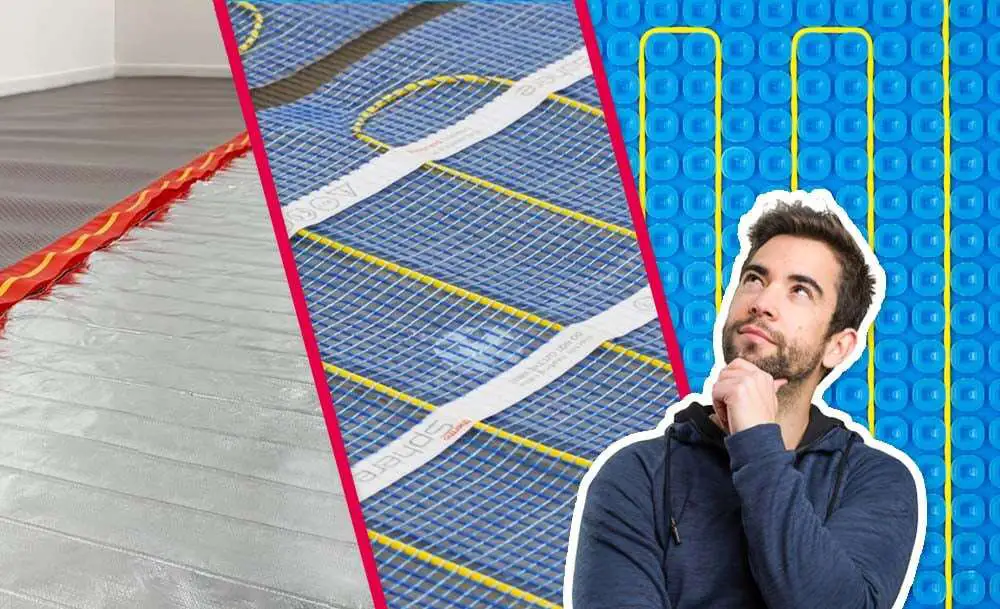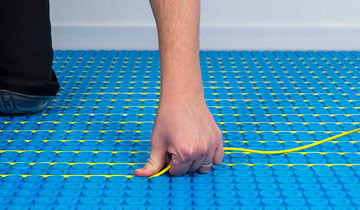14 min read
What electric underfloor heating system should I choose?
So, you’ve completed your research on electric underfloor heating and have decided that it’s the perfect fit for your project. But, with so much...

During the last ten years the popularity in electric underfloor heating has risen significantly in the UK. Gone are the days that underfloor heating is considered an expensive luxury that’s just a ‘nice to have’, it is now considered one of the most efficient ways to heat the home. No more fighting over the chair nearest the radiator, electric underfloor heating provides a perfectly even level of heat throughout any room.
So now you have decided that you want electric underfloor heating for your home, how do you know which electric heating system is best for you? Fear not, we’ve covered what you need to know in this quick guide to electric underfloor heating mats.
There are a wide variety of electric underfloor heating systems to choose from. But before you choose one, consider the project. The specification of the project will depict what type of underfloor heating you need. For example, in-screed heating cables tend to be more readily used in new build or extension projects where the cable can easily be installed in the screed layer in the building phase. If you plan to use in-screed heating cable as a heating source, we would recommend using it off peak to ensure greater energy efficiency. In-screed electric heating cable can take longer to install compared with electric underfloor heating mats, so that’s why we would recommend using a pre-spaced fixing profile for an easier and more secure cable installation.

An alternative to the in-screed cable are electric underfloor heating mats. They are so easy to install and great for both new build and retrofit projects. Just take the mat out of its packaging and roll out on to the sub floor. The pre-spaced cable within the heating mat means that the work has been done for you so no need to worry about measuring cable spacing. Simply choose what wattage is right for your project. The higher the wattage, the faster the heat-up time. For example 200W/m2 is most commonly used in conservatories because they are more susceptible to heat loss. 100W/m2 electric heating mats are typically used when you require a secondary heat source or have a highly insulated property where heat loss is never going to be an issue.
Total size of the floor (m2) – Area taken up by units (m2) = Total required.
It is important to remove any m2 of a room that has fixed units such as baths, toilets, sinks and kitchen cupboards. If you do lay underfloor heating under these types of fixed furniture your electric underfloor heating system runs a high risk of failing. This is because they act like an insulating layer and the cable will continue to overheat because the heat generated has nowhere to go.
There are electric underfloor heating mats for every type of floor finish. If you are finishing your floor with either tile or stone then ThermoSphere Membrane or ThermoSphere Mesh is an ideal choice. However, if you are wanting to create the perfect level of warmth for a wet room, then we would recommend ThermoSphere Membrane. The tanking process ensures the wet room remains watertight for the life of the tiles with the added benefit of ThermoSphere Membrane being waterproof and coming with an IP68 rating.
If a wood, carpet or vinyl floor finish is what you have in mind then ThermoSphere Foil would be the choice. This fully earthed electric underfloor heating mat is the most advanced and safest available and most commonly used in non-tiled rooms such as the much loved living room. In one of our most recent articles ‘Electric underfloor heating and living rooms – the perfect match…’ we unpack everything you need to consider when installing this electric underfloor heating mat. Go and check it out…after this.
.jpg?width=360&name=Programmable-underfloor-heating-thermostat%20(1).jpg) Being able to effectively control your electric underfloor heating system is paramount to getting the best out of it and reducing energy waste. When sourcing an underfloor heating thermostat make sure to look out for Lot 20 compliance. This piece of legislation came into effect in 2018 and is specifically for electrical heating products to help reduce environmental impact and help consumers achieve energy savings. Fundamentally the more energy saving features an underfloor heating thermostat has, the greater the compliance with the Lot 20 legislation.
Being able to effectively control your electric underfloor heating system is paramount to getting the best out of it and reducing energy waste. When sourcing an underfloor heating thermostat make sure to look out for Lot 20 compliance. This piece of legislation came into effect in 2018 and is specifically for electrical heating products to help reduce environmental impact and help consumers achieve energy savings. Fundamentally the more energy saving features an underfloor heating thermostat has, the greater the compliance with the Lot 20 legislation.
For example our Programmable Thermostat (see above right) has features which include:
Want to know more? Head to underfloor heating thermostats.
Hopefully this article has ticked off a few questions you may have had about selecting the right electric underfloor heating mat for your project. You will find more detail about the right floor build up to use, insulation and efficiency of each heating system on the following pages:
If you have any questions regarding electric underfloor heating mats, floor build-ups or anything else about electric underfloor heating as a whole, contact one of the ThermoSphere team.

14 min read
So, you’ve completed your research on electric underfloor heating and have decided that it’s the perfect fit for your project. But, with so much...

9 min read
If you are researching the feasibility of electric underfloor heating for your home, you may see a lot of examples that simply talk about underfloor...

8 min read
If you are in the market for an electric underfloor heating system for your next home renovation, then you have landed in the perfect place. We’ve...